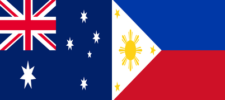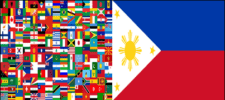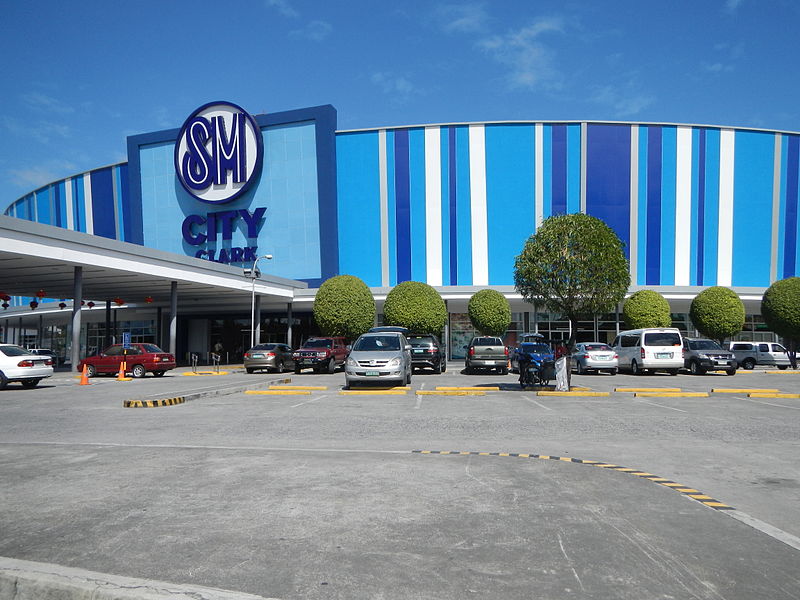Best Places to Exchange Currency in the Philippines 2021.
Advertiser Disclosure We are a participant in the Amazon Services LLC Associates Program, an affiliate advertising program designed to provide a means for us to earn fees by linking to Amazon.com and affiliated sites. The information which appears on this site is subject to change at any time. The opinions expressed here are our own. philippinesangelescity.com is a free online resource that strives to offer helpful content to its visitors. If you found any of the information useful please purchase on this site. Thank you in advance.
How far does your money go in the Philippines? Click Below
Best Places to Exchange Currency in the Philippines.
The currency used in the Philippines is the Philippine Piso. (PHP)
The Philippine peso also referred to by its Filipino name piso.
PHILIPPINE PESO COINS
CENTAVO coin or sentimo: 1-centavo, 5-centavo, and 25-centavo
PESO coin or piso: 1-peso, 5-peso, 10-peso
PHILIPPINE BILLS
PESO or PISO: 5 PESO, 10 PESO, 20 PESO, 50 PESO, 100 PESO, 200 PESO, 500 PESO, and 1000 PESO.
COMMENT: The 1000 PISO is the larger denominations bills in the Philippines.
When exchanging your money, ask for both smaller bills and larger denominations bills. Because many smaller businesses, taxis, tricycles, jeepneys, and street food vendors usually have no change for larger denominations 500 and 1000 bills.
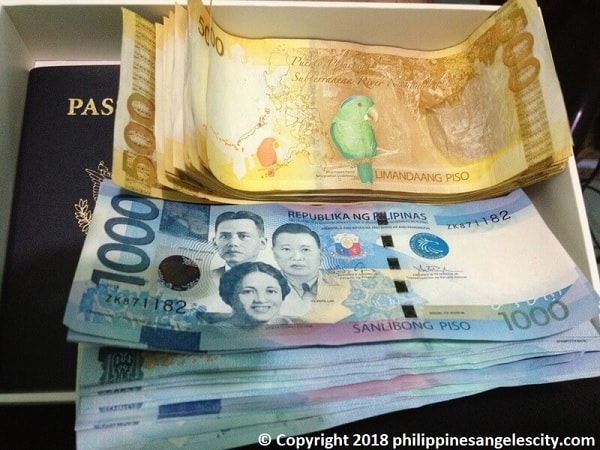
The Airport.
Now you are at the airport in the Philippines. Can you use your currency from your country or do you need Philippine peso? Well, you need to change to (PHP) the local currency of the Philippines. Don’t get me wrong in some tourist areas you might be able to pay for goods and services using money from your country but that in a few areas and rare. The Philippines is mostly a cash economy. (Carrying cash is a must) do not even thinking about bringing the Traveler’s cheque in the Philippines you will not be able to cash them easily if at all. What about Credit Cards? Credit cards have it uses like booking flights including domestic flights, you can use them in top luxury hotel chains, and some major restaurants. Credit cards aren’t accepted by many medium and smaller businesses in the Philippines. So the easiest way to pay for anything in the Philippines is by using cash in the local currency. Avoid exchange services in airports and hotels if possible. Airport currency-exchange typically offer a less than favorable rate, but they do offer convenience and safety. Since you’re going to take a hit on the rate, minimize the damage by changing just enough to cover your first day (taxi, hotel, food, and miscellaneous items). Wait until you settled in your hotel and rested you do not want to be drowsy or unaware of your surroundings when exchanging lots of money.
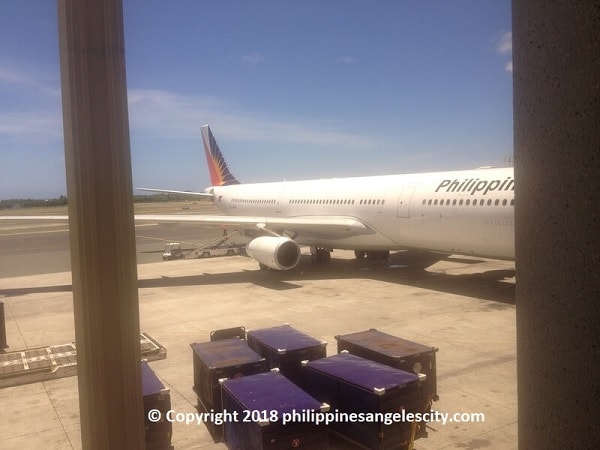
The Mall.
Once you at your destination the mall is one of the easiest locations to find. Almost all the local people there know where the mall is located. Major malls like SM and Robinsons have a few money exchanges inside. The Mall has several arm guards inside so you can change large amounts of money if you choose. The money exchange inside the mall has reasonable rates. Plus it convenient you can change your money and go shopping all in one place.
Currency Exchange Dealers also called Money Changers.
More than an adequate amount of money changers are in the major city of the Philippines. Causing intense competition among money changers. Which benefits Foreign Travelers. Money changers give you a good exchange rate. All you have to do is shop around for the most favorable rates for you. Also, be sure you count your money in front of them before you walk away. Sometimes your money comes out a little short I think because of human error and not intentional. Either way it good to double-check it will be difficult to rectify once you walk away.
 3 Things to Pack That Will Save You Money.
3 Things to Pack That Will Save You Money.
ATMs
Remember to tell your bank and credit card company what country you will be traveling to and the date you will be entering and leaving the country before you leave home. Otherwise, they may freeze or deactivate your card for suspected fraud! ATMs are considered one of the best ways to get cash while traveling in the Philippines. ATMs also have good exchange rates as long as you do not have high bank fees. You should look for available international bank ATMs such as Citibank, HSBC, Chinatrust, and Maybank to name a few. Some of these banks do not charge you for withdrawals using a foreign card. If you do have to pay for Foreign Transaction Fees it better to make a few large transactions than many little ones. Check with your bank before you leave home to see which ATMs are beneficial for you to use. Typical withdrawal limits are between 10,000 and 20,000 per day if you bank with HSBC or similar banks you can get up to 40,000 Piso per day.
First Step To Start An Online Business
Safety Considerations
Travel Advisory April 13, 2018 (get latest updates)
Exercise increased caution in the Philippines due to crime, terrorism, civil unrest, and a measles outbreak. Some areas have increased risk. Read the entire Travel Advisory at (www.travel.state.gov). Do not travel to: The Sulu Archipelago, including the southern Sulu Sea, due to crime, terrorism, and civil unrest.
Marawi City in Mindanao due to terrorism and civil unrest. Reconsider travel to: Other areas of Mindanao due to crime, terrorism, and civil unrest.
The U.S. Department of State would like U.S. citizens traveling to the Philippines to Enroll in the Smart Traveler Enrollment Program (STEP) to receive Alerts and make it easier to locate you in an emergency.
Check The U.S. Department of State website for current travel warnings before making specific travel plans to the Philippines.




